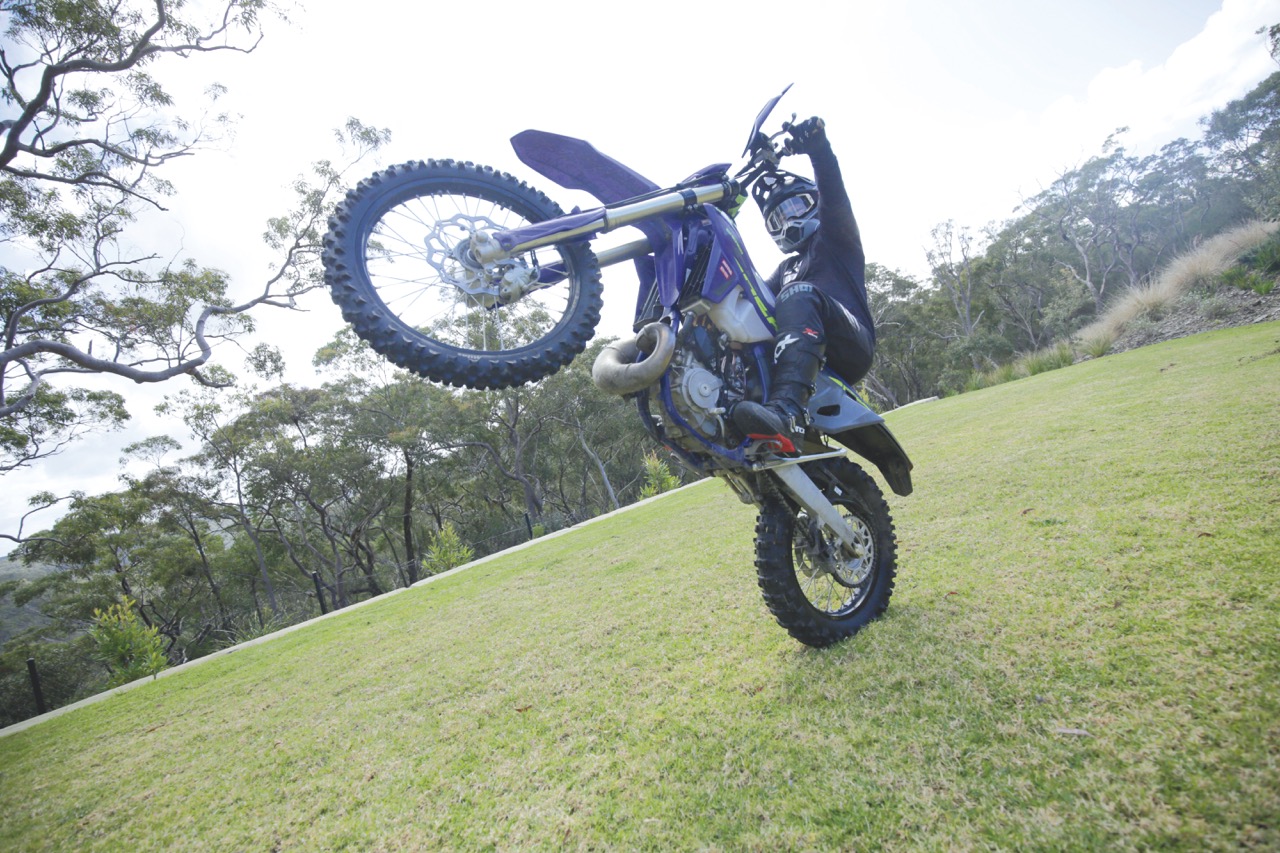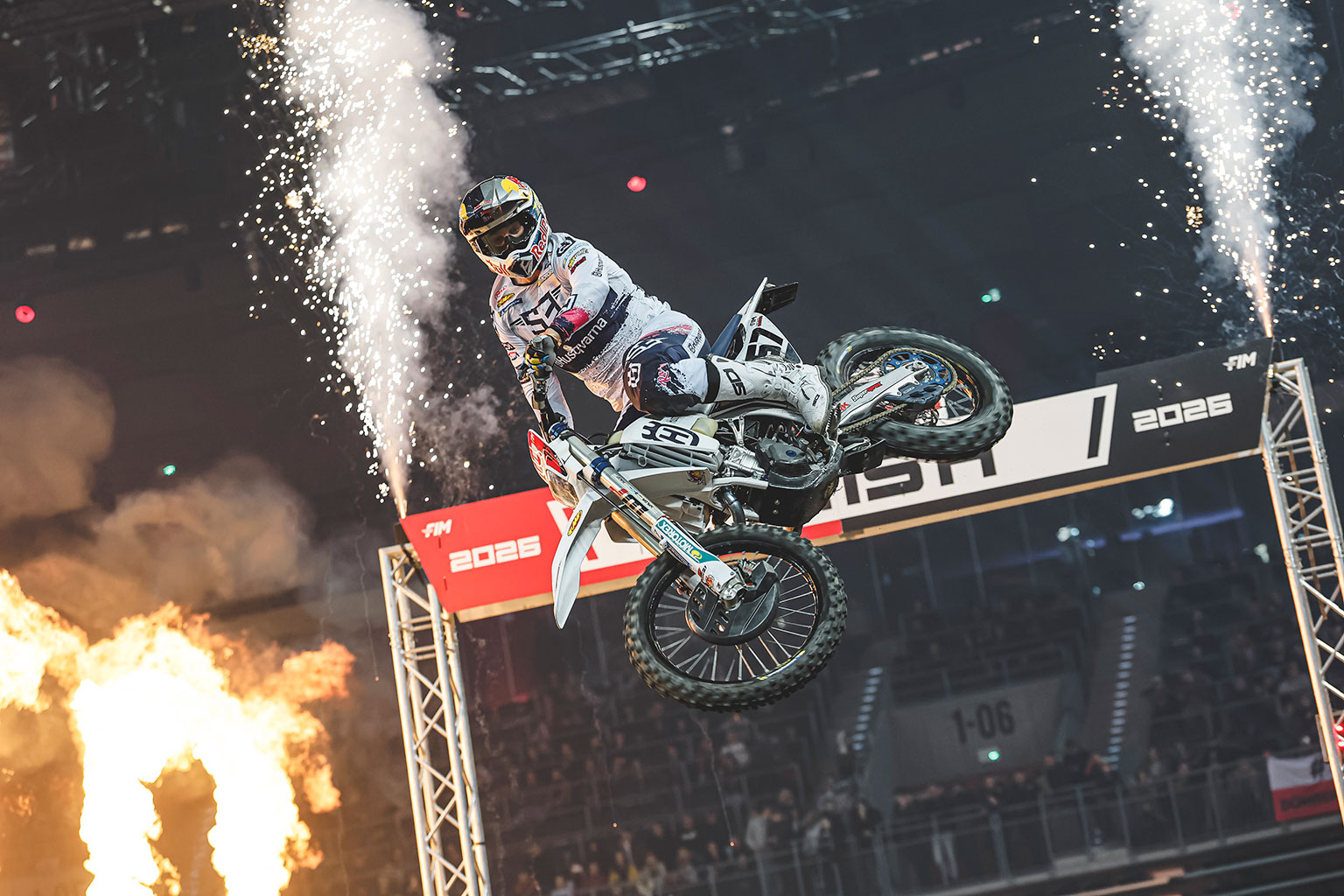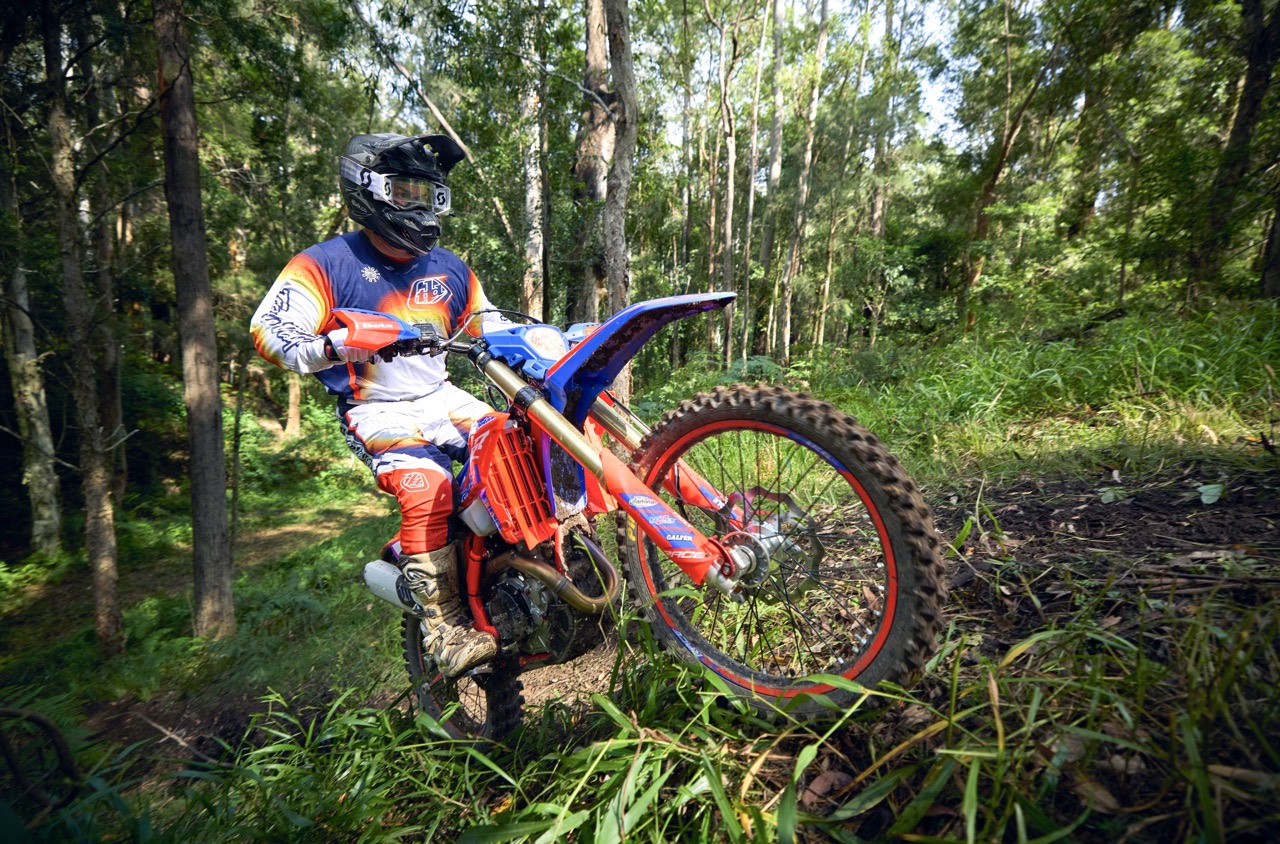Managing and mitigating the effects of concussion in motorcycle sport is paramount, and Motorcycling Australia (MA) has released an updated set of concussion guidelines to ensure the absolute well-being of its members.
MA’s expert Medical Panel first released new concussion management guidelines in late 2023 and now, after a six-monthly review and further refinements, the policy now provides even more succinct advice to riders, teams, officials, coaches and healthcare personnel on all aspects of the concussion in motorcycle sport – from recognition and recommended treatment right through to returning to competition.
The updated concussion management guidelines take immediate effect, and can be found here alongside support documents and a concussion fact sheet.
Concussion is a type of traumatic brain injury caused by biomechanical forces, and the risks of motorcycle sport makes it of critical importance. It can be caused by any force from a minor ‘knock’ to a heavy and severe impact, and can significantly affect an individual’s health, performance and overall quality of life.
In motorcycle sport, concussion can occur while you are wearing a helmet or even in low-speed crashes.
Symptoms of concussion include mild headaches, tiredness, physical, cognitive and emotional disruption, reduced concentration, nausea, memory difficulties, irritability, dizziness and/or balance problems.
Motorcycling Australia’s Concussion Management Guidelines are designed to empower all stakeholders with knowledge and procedures to effectively recognise, respond to, and manage incidents of concussion, with a focus on the ‘Rs’: recognise, reduce, remove, refer, rehabilitate, recover, return to learn/sport, reconsider and residual effects.
MA’s concussion portal also hosts the documents which detail the mandatory non-riding timeframes for adults and children following the confirmation of concussion. Additionally, it outlines the process, steps and requirements for the ‘’Return to Sport’’ procedures to get back to riding.










